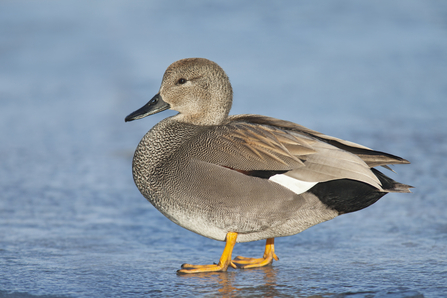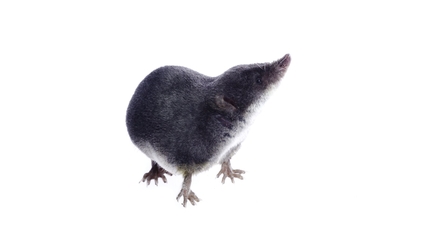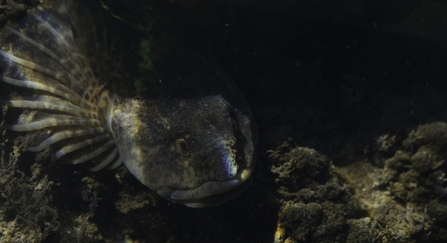On 19th December 2022, world leaders adopted the Kunming-Montreal Global Biodiversity Framework. This, arguably historic, outcome contains goals and targets to protect and restore nature.[1] Will they make a difference to the catastrophic declines in biodiversity - species abundance and diversity and quality of the habitats they require – that many have been calling for?
The 15th Conference of the Parties to the UN Convention on Biological Diversity (CBD COP15) in Montreal was the biggest of its kind in a decade.[2] In the run-up to the seasonal festivities, it was easy to ignore the work undertaken prior to and at the gathering in Canada (‘the most important summit you’ve never heard of’[3]), itself delayed and a postponed ‘second-half’ following a Covid-delayed on-line gathering hosted in Kunming, China, in 2021. Many concerned eyes had earlier watched with some unsurprised disappointment at October’s COP27 Climate Change summit in Sharm el-Sheikh, Egypt, and the failure of national leaders to commit to drastically reducing greenhouse gas emissions required to prevent global temperatures from rising above 1.5°C. And this had at least caught the attention of the media.




